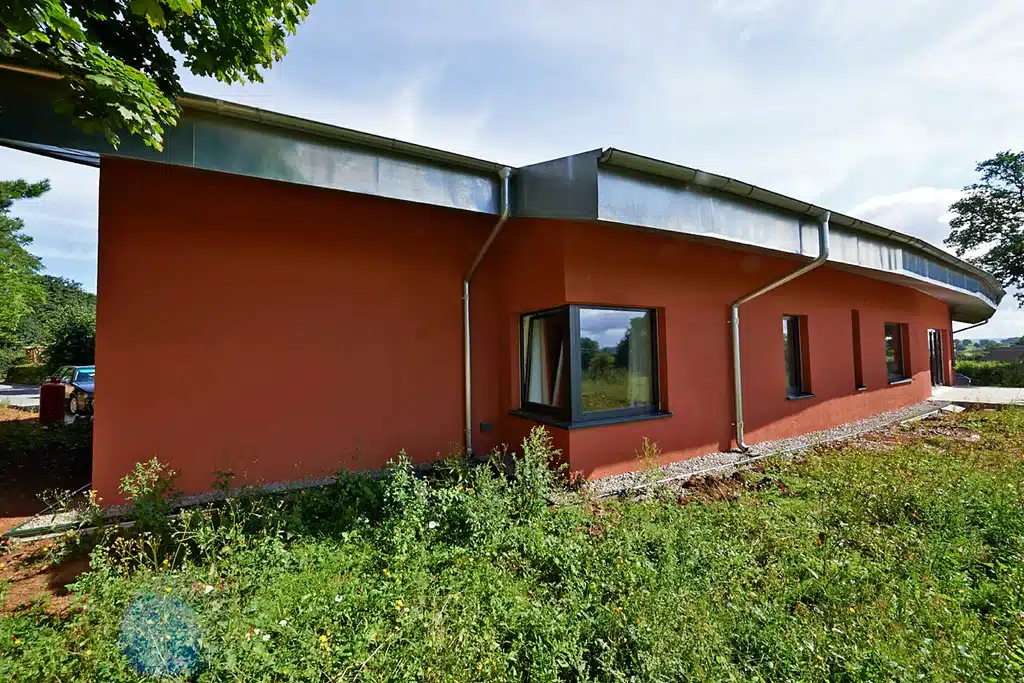SPECIFICATION GENERATOR
Find out which low impact materials are right for your building project.
Self-builder – what is a sustainable home?
Find out more about our approach to this building scenario.

A truly sustainable home would be one that is constructed from renewable materials that do not damage the environment and that operates with little or no impact on the environment. It would be in or near a town/city to minimise travel and would manage rain and waste water to reduce impact on sewers, etc.
Sustainability is not all about materials though, the design is very important. Buildings need to be adaptable so that the needs of future occupants can be accommodated. The design needs to be robust so that surface finishes and critical areas are not pushed to the limits, reducing the lifespan of the building. We’ve all seen buildings which look architecturally fantastic but age rapidly and require high levels of maintenance.
At the end of the life of the building the materials would be either re-useable, recyclable or biodegradable so that we don’t fill up landfill sites and pollute the environment. This is how cheap-to-the-purchaser building materials become expensive-to-the-rest-of-us in the longer term.
However, it is useful to take a pragmatic view on what can be achieved with as little impact as possible within a constrained budget. Above ground it is relatively easy to focus on the floors, walls and roofs of buildings, using low carbon materials with very long lifespans, which are re-useable, recyclable or biodegradable. Below ground it is difficult to beat concrete and polystyrene to provide an economic, long lasting solution to foundations and insulation.
WHAT’S NEXT?
If you want to find out more about how to effectively manage your sustainable building project, check out The Self-Build Series. This series of guides has been put together to you understand sustainable construction. We hope you find them useful!